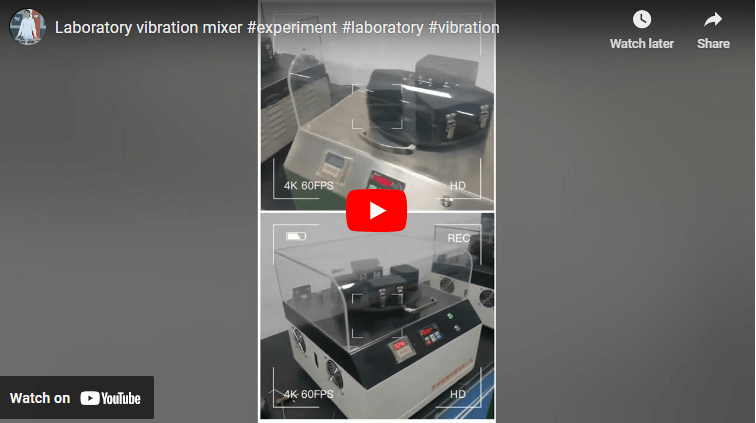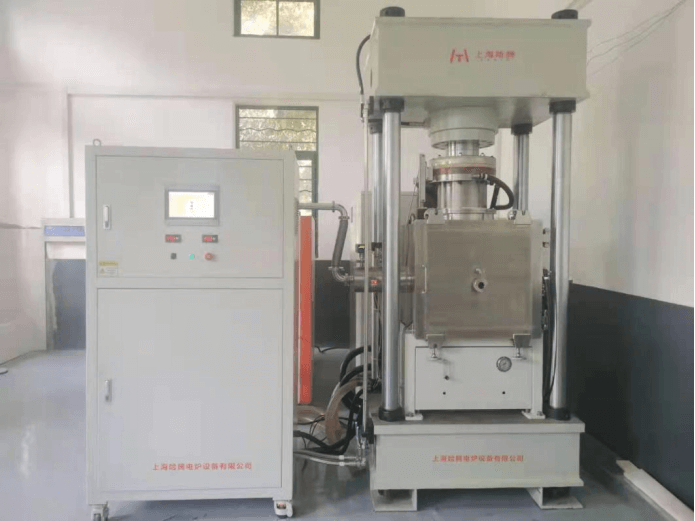There is no consensus on whether the rapid densification factor in spark plasma sintering is derived from the discharge spark plasma generate by high-energy DC pulses.
Three sintering mechanisms
The three sintering mechanisms generally considered are as follows:
1. During the SPS process, there are positive and negative electrodes induced by the electric field in the powder particle microregion. Under the action of DC pulses, sparks or plasma are generated between particles. At the same time, high-energy particles generated during the discharge process collide with the contact parts between particles. Impurities on the surface of particles evaporate or the oxide layer is destroyed. This plays a role in purifying the particle surface and activating sintering.
Generally speaking, in the early stage of sintering, the spark plasma generated by the discharge between powder particles helps clean the CO2 and H2O adsorbed on the surface of powder particles, obtaining a clean and activated surface. Under the synergistic effect of discharge or plasma, the grain boundary diffusion is improved, thereby promoting densification and grain growth.
2. During the sintering process, when particles discharge each other, local high temperatures of up to thousands or even tens of thousands of degrees are generated in an instant. As a result, evaporation and melting occur on the particle surface, and a “neck” is formed at the contact point of the particles.
3. During the sintering process, the particles are subjected to the simultaneous action of vertical uniaxial pressure and pulse current. This strengthens the grain boundary diffusion and body diffusion, thereby accelerating the densification process.
There is no clear conclusion yet on whether spark plasma generate during the SPS process.
To gain a deeper understanding of the SPS process, Hulbent et al. used in-situ atomic emission spectroscopy (AES) and visual observation in-situ rapid voltage measurement to conduct a detailed study on whether plasma is generated during the SPS sintering process. By observing conductive materials (Al, Mg, Zn) and non-conductive materials (Al2O3, NaCl), they did not find the generation of plasma. However, they did not deny the existence of plasma. The conclusion is that regardless of whether plasma exists, SPS is an efficient, fast-density technology that can produce new structures and performance materials.
After studying the sintering laws of conductive and non-conductive powders, Omori, M et al. believed that in the SPS sintering process, the role of plasma is significant in the early sintering of ceramics. This is because there are many gaps in the powder at this time. As sintering progresses, the porosity decreases accordingly in the middle stage of sintering. The conditions for plasma generation disappear.
When the gap disappears, plasma is no longer generated. Of course, when the sintering temperature of non-conductive ceramics is close to the melting point, a melting area will appear between the ceramic and graphite. Plasma phenomena will appear in these areas again. As a result, traces or patterns of plasma discharge are left. The figure below shows the traces of plasma discharge on the surface of CeSiNO2 ceramics sintered by SPS.

In the study, Dustin M. et al. used different test methods to study whether plasma appeared during SPS sintering. They used ultrafast in-situ voltage measurement, direct in-situ observation, and atomic emission spectroscopy measurement. No discharge phenomenon was found when SPS sintered metals (Mg, Al, and Zn), Al2O3, and NaCI powders.









